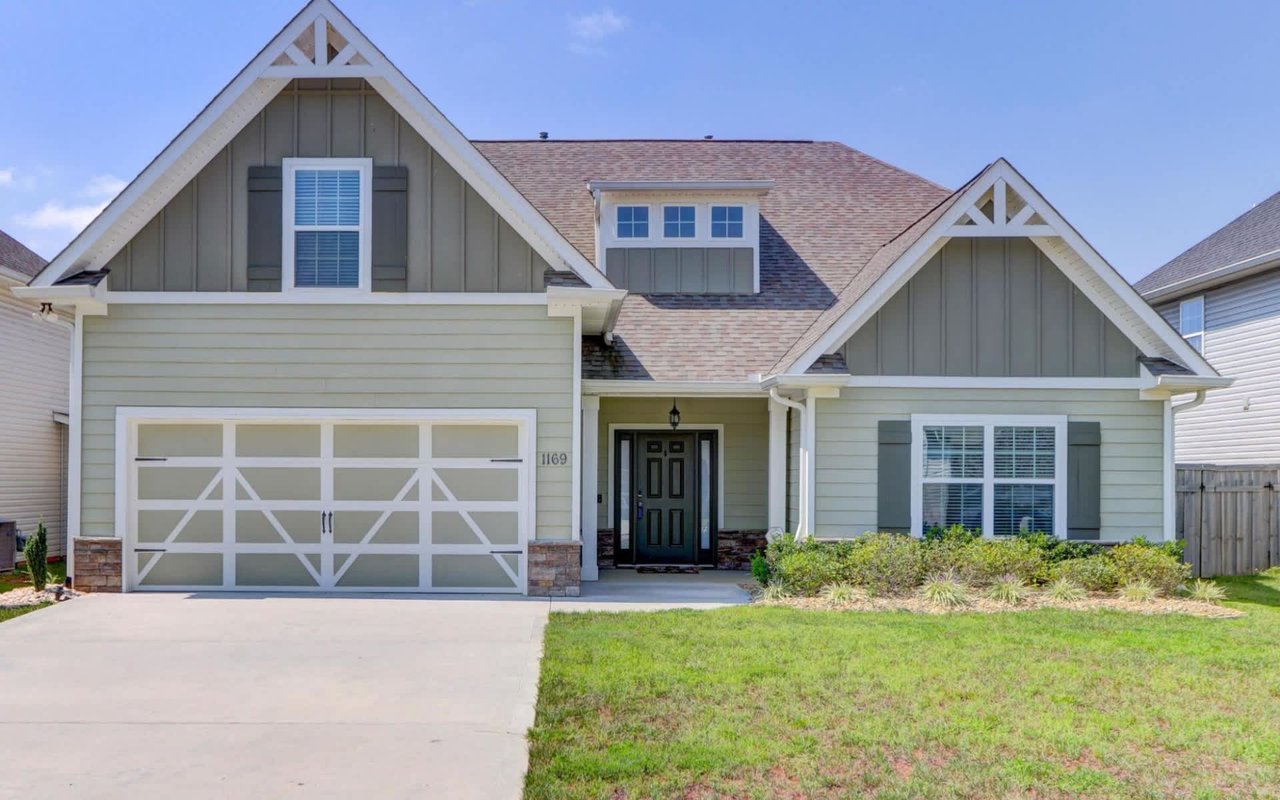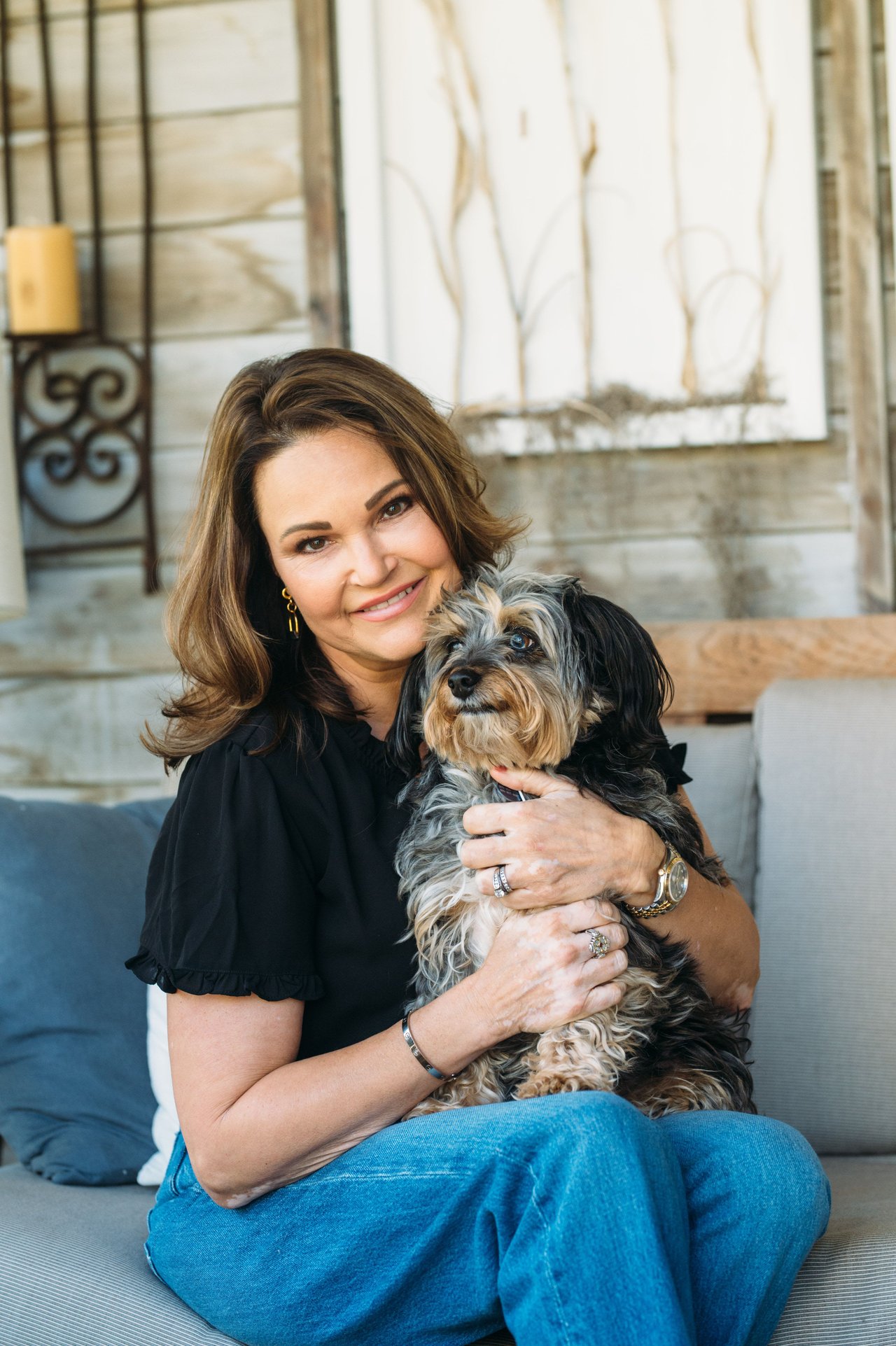Purchasing a newly constructed home is an exciting venture, particularly for those drawn to the allure of a pristine property, modern amenities, and the opportunity to customize certain features to their liking. However, while new construction homes offer many advantages, they can also present unforeseen financial challenges that can catch buyers off guard. These hidden costs can significantly impact your budget, making it crucial to understand what to watch out for when purchasing new construction, especially in sought-after areas like Hardin Valley.
Understanding the Basics: What Are Hidden Costs?
These hidden costs can be even more pronounced in areas like Hardin Valley, where real estate is in high demand. Budgeting for new construction in such regions requires a thorough understanding of potential expenses to ensure that buyers are not caught unprepared.

Upgrades and Customization: A Major Financial Consideration
The base price of a new construction home typically includes standard finishes, which may not align with the buyer’s tastes or expectations. As a result, many buyers opt for upgrades, ranging from modest changes to extensive customizations. For example, upgrading from laminate countertops to granite or quartz can significantly increase costs, as can choosing higher-end appliances or premium flooring materials.
Buyers need to consider their budget when selecting upgrades. While opting for all the bells and whistles may be tempting, doing so can lead to unexpected financial strain. Buyers should prioritize the most important upgrades and ensure that they fully understand the costs involved before making decisions.
Landscaping and Exterior Finishes: An Often Overlooked Expense
In Hardin Valley, where the natural landscape is a significant selling point, buyers may wish to enhance their property with more extensive landscaping to take advantage of the area’s scenic beauty. This might include adding outdoor living spaces, installing fencing, or incorporating hardscaping elements like patios or retaining walls. While these additions can add value and enjoyment to the home, they can represent substantial costs that should be factored into the overall budget.
Warranties and Insurance: Protecting Your Investment
As a result, some buyers choose to purchase additional warranty coverage to protect their investment. These extended warranties can cover items like appliances, plumbing, and electrical systems, offering peace of mind but adding to the overall cost of ownership.
Home insurance is another consideration. While insurance premiums for new construction may initially be lower due to the home’s new condition, it’s crucial to understand the long-term costs. As the home ages, insurance premiums may increase, particularly if the property is located in an area prone to natural disasters or if the home features higher-end finishes that require more expensive coverage.
HOA Fees and Community Expenses: The Cost of Amenities
HOA fees vary depending on the community and the amenities offered, but they can be a significant ongoing expense that should be considered when budgeting for new construction. In addition to covering the cost of amenities, HOA fees may also include charges for community maintenance, security, and landscaping. Buyers should understand the full scope of these fees and how they may increase over time.
Financing and Closing Costs: The Final Financial Hurdle
Closing costs typically include fees for appraisals, inspections, title insurance, and attorney services. In some cases, builders may offer incentives to cover a portion of these costs, but it’s important to read the fine print and understand what is and isn’t included.
Navigate Hidden Costs with Expert Guidance
*Header photo courtesy of the Foster-Boline Group







